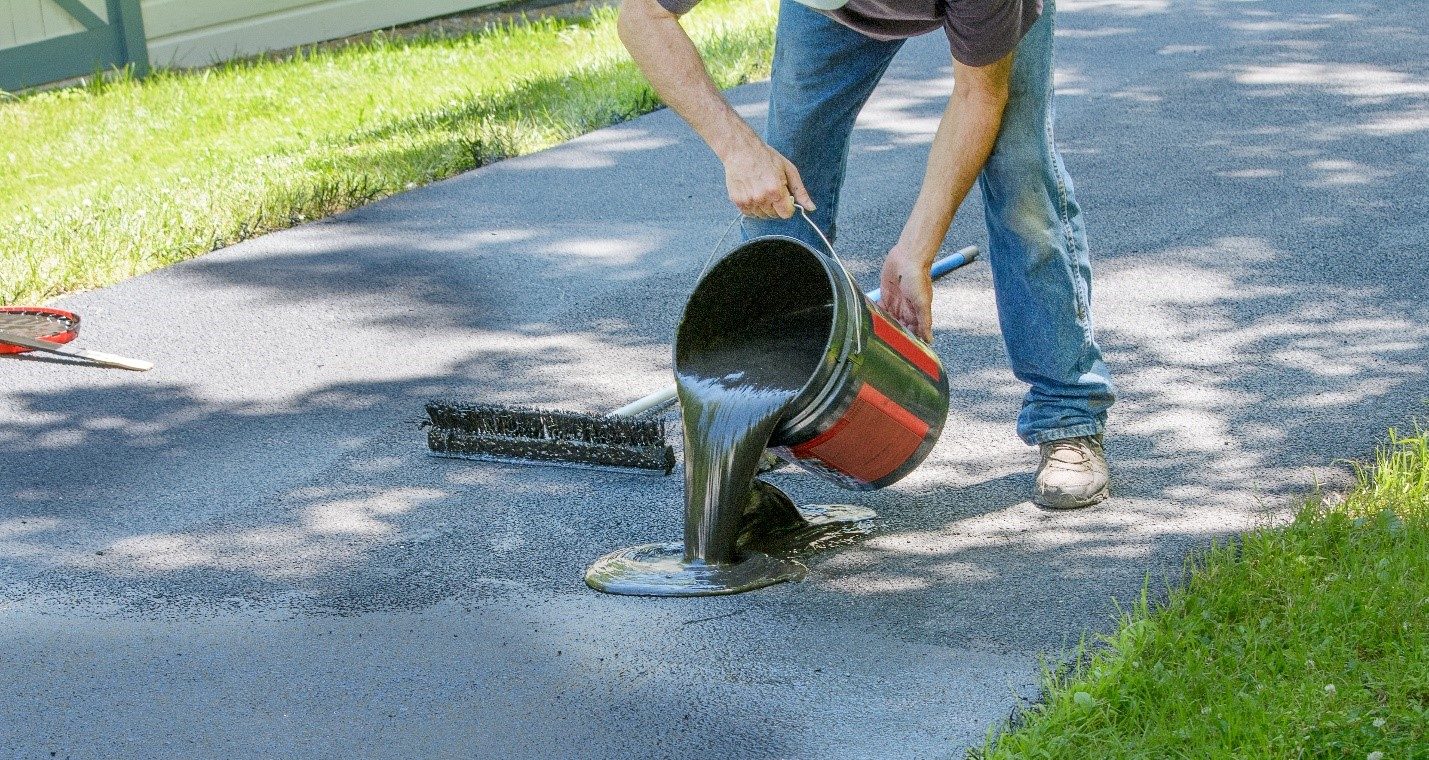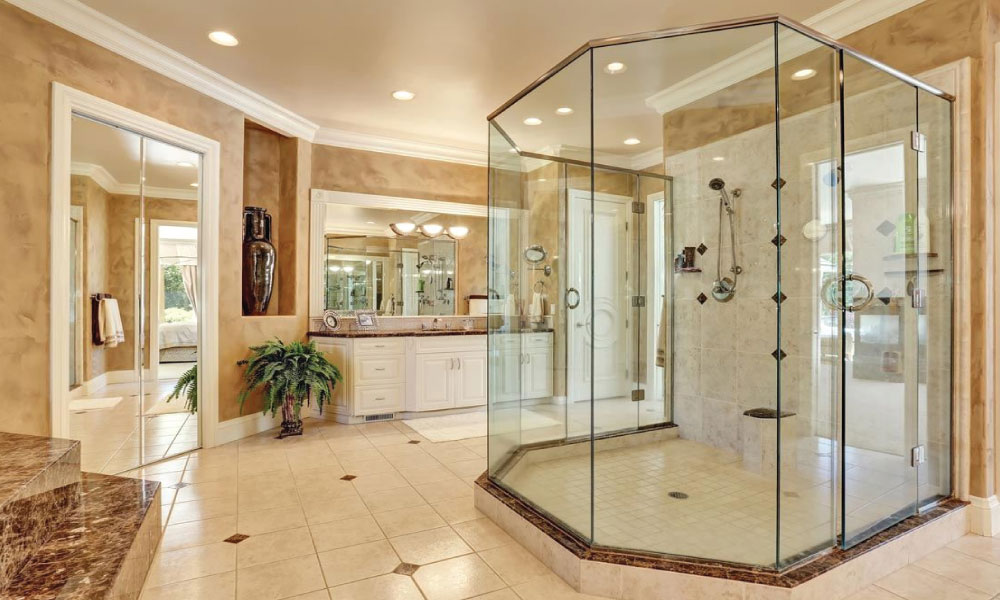Asphalt paving and seal coating are two distinct processes related to the maintenance and construction of asphalt surfaces.
Asphalt Paving
Asphalt paving involves constructing or resurfacing asphalt surfaces, including roads, driveways, parking lots, and sidewalks. It involves site preparation, base installation, binder course installation, asphalt placement, compaction, finishing, and marking and striping. Site preparation removes debris, while base installation creates a stable foundation. Compaction ensures proper density and a smooth surface. Regular maintenance and repairs extend the asphalt surface’s lifespan. It involves the following steps:
Site Preparation: The existing surface is cleared of debris, vegetation, and any damaged or deteriorated asphalt. Grading and leveling may be done to ensure proper drainage. Find more about asphalt companies
Base Installation: A stable base layer, typically made of crushed stone or aggregate, is installed to provide a solid foundation.
Asphalt Placement: Hot mix asphalt (HMA) is poured and compacted over the prepared base. The asphalt mixture consists of aggregates (stone, sand, and gravel) bound together with a petroleum-based binder called asphalt cement.
Compaction and Finishing: Specialized equipment is used to compact the asphalt, ensuring a smooth and even surface. The edges are properly sealed, and any necessary markings or striping are applied.
Asphalt paving is a significant construction process that creates new asphalt surfaces or rehabilitates existing ones to provide safe and reliable transportation or functional areas.
Sealcoating
Sealcoating is a protective process that involves applying a thin layer of coating to an existing asphalt surface. It involves surface preparation, crack filling, application of seal coat, even application and coverage, drying and curing, and traffic restrictions. The primary benefits of seal coating include protection against UV rays, water penetration, oxidation, enhanced aesthetics, and an extended lifespan. Regular seal coating is recommended every 2–3 years, depending on usage, climate conditions, and asphalt condition. Proper application techniques ensure a smooth and uniform coating, providing an attractive, refreshed appearance to the asphalt surface.
Protection: Seal coating acts as a barrier against UV rays, water penetration, chemicals, and oil spills, preventing them from damaging the asphalt surface.
Restoration: It restores the original black appearance of the asphalt, making it look fresh and new.
Seal: Sealcoating fills in small cracks and voids on the asphalt surface, preventing further deterioration and minimizing the formation of new cracks.
Enhanced Durability: By providing a protective layer, seal coating helps the asphalt withstand traffic, weather conditions, and other external factors, thereby extending its lifespan.
Sealcoating is recommended as part of a regular maintenance routine for asphalt surfaces, typically every 2–3 years, depending on usage and climate conditions.
In summary, asphalt paving involves the construction or resurfacing of asphalt surfaces, while seal coating is a protective coating applied to existing asphalt surfaces. Asphalt paving creates a new asphalt surface, while seal coating preserves and enhances the existing asphalt to prolong its lifespan and protect it from damage.





